Pro Photographer Wesley Bernard Shares the Advantages of a Photo Safari
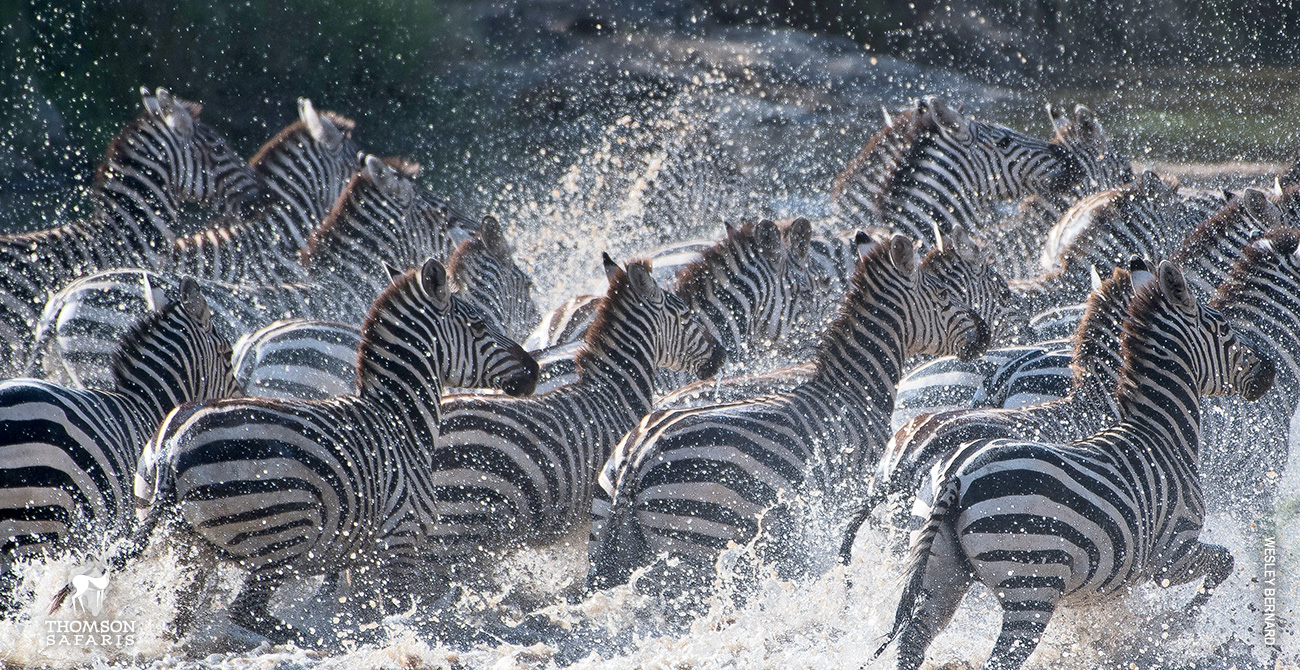
Award-winning pro photographer Wesley Bernard’s imagery is nothing short of stellar. On his sixth Thomson safari in May, he put his 30+ years of professional photography experience to use shooting honey-gold grasses glowing in the sunset and regal lions rising from pristine green savannas.
We sat down with Wesley to discuss his experience leading Thomson photography safaris, and what it’s like to safari in Tanzania in May.
Q: This was your sixth safari with Thomson since 2010. What keeps you coming back?
Wesley: The people. Lions I can see in multiple places in Africa, though admittedly in smaller quantities. Elephants are everywhere. But it’s the people of Tanzania, and the professionalism of Thomson, that I trust completely. Thomson guides can spot leopards and hyenas from a quarter mile away. The camp staff are some of the kindest, most caring people I’ve ever met. They are all very important to me.
What made this safari stand out compared to others?
It’s been great to see how conservation initiatives have helped the Eastern Serengeti Nature Refuge develop over the years. The vegetation is blossoming beautifully, and the animals are there in droves. Everywhere you look, giraffes and zebras graze.
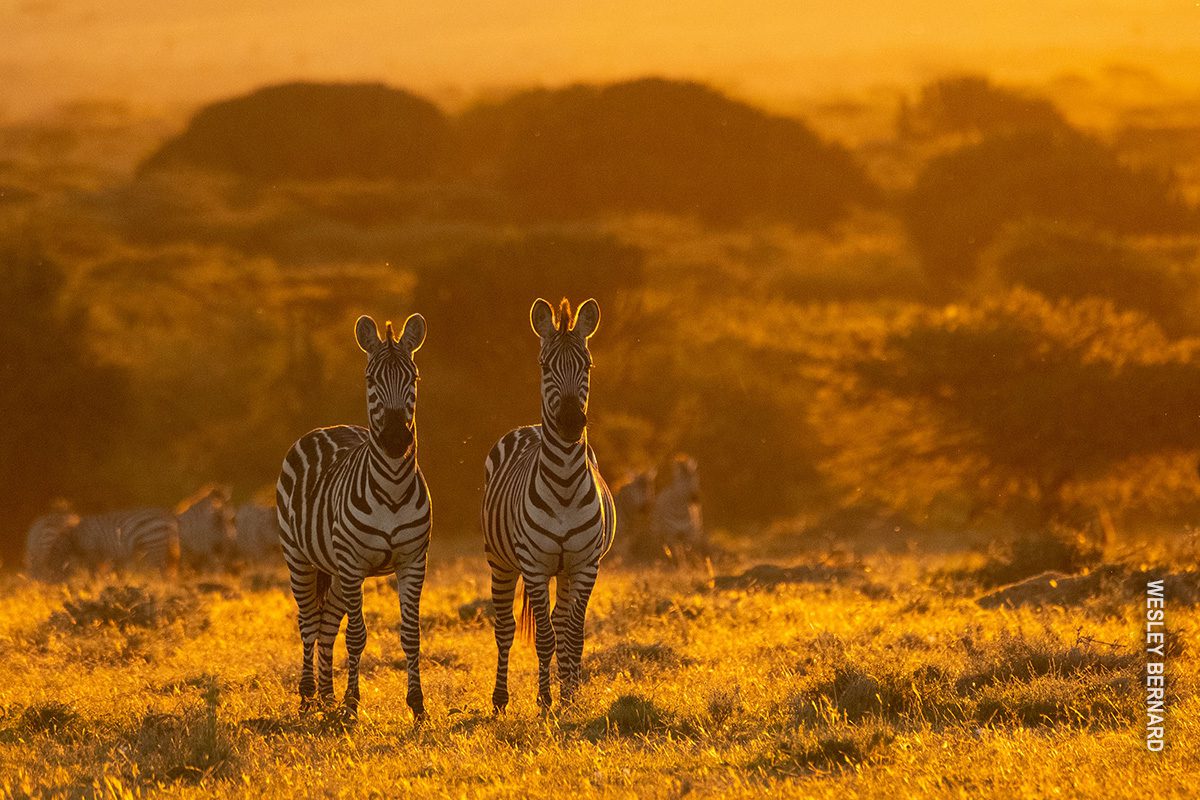
Sun downers are a special treat in the Eastern Serengeti, and this pair of golden-lit zebras (above) exemplifies why. To watch the sun set as wildlife meanders in the distance is exactly what you need to realize that you are just a small part of this big, wonderful world.
What’s it like to go on safari in May?
May is early in the green season, and the weather is beautiful. You have enormous, puffy clouds. You have those Hand of God light beams falling through them. The plains are green, the dust is low. It’s like a dream of Africa. It’s great for photography because the colors just explode.
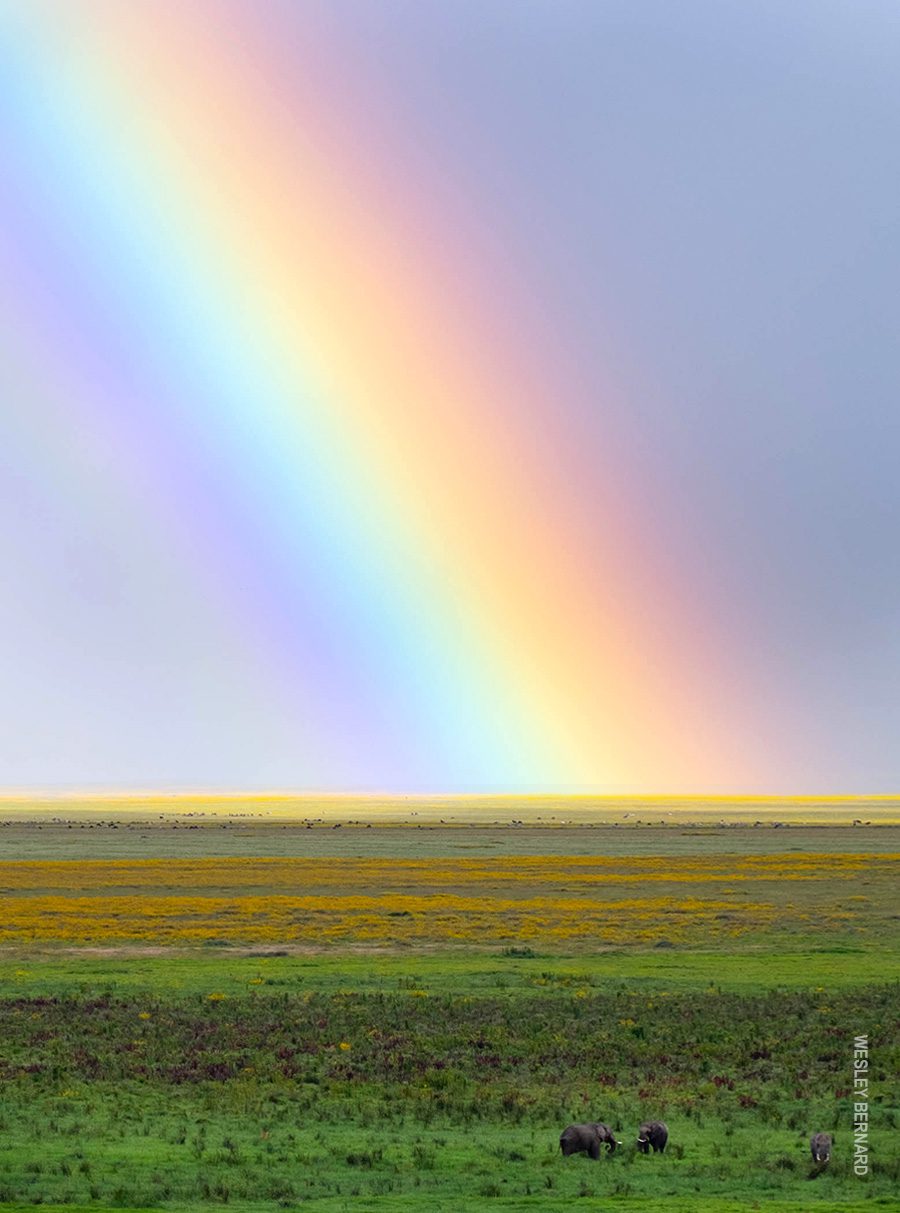
What were some memorable moments from your May safari?
The highlight was all the flowers and the beautiful light. We saw a caracal cat–we missed the photograph, but who cares? Those ears were stunning!
I also saw more lions in trees than ever before. Every tree had a lion. It was endlessly fascinating to watch the politics of one pride as they determined who got the top branch.
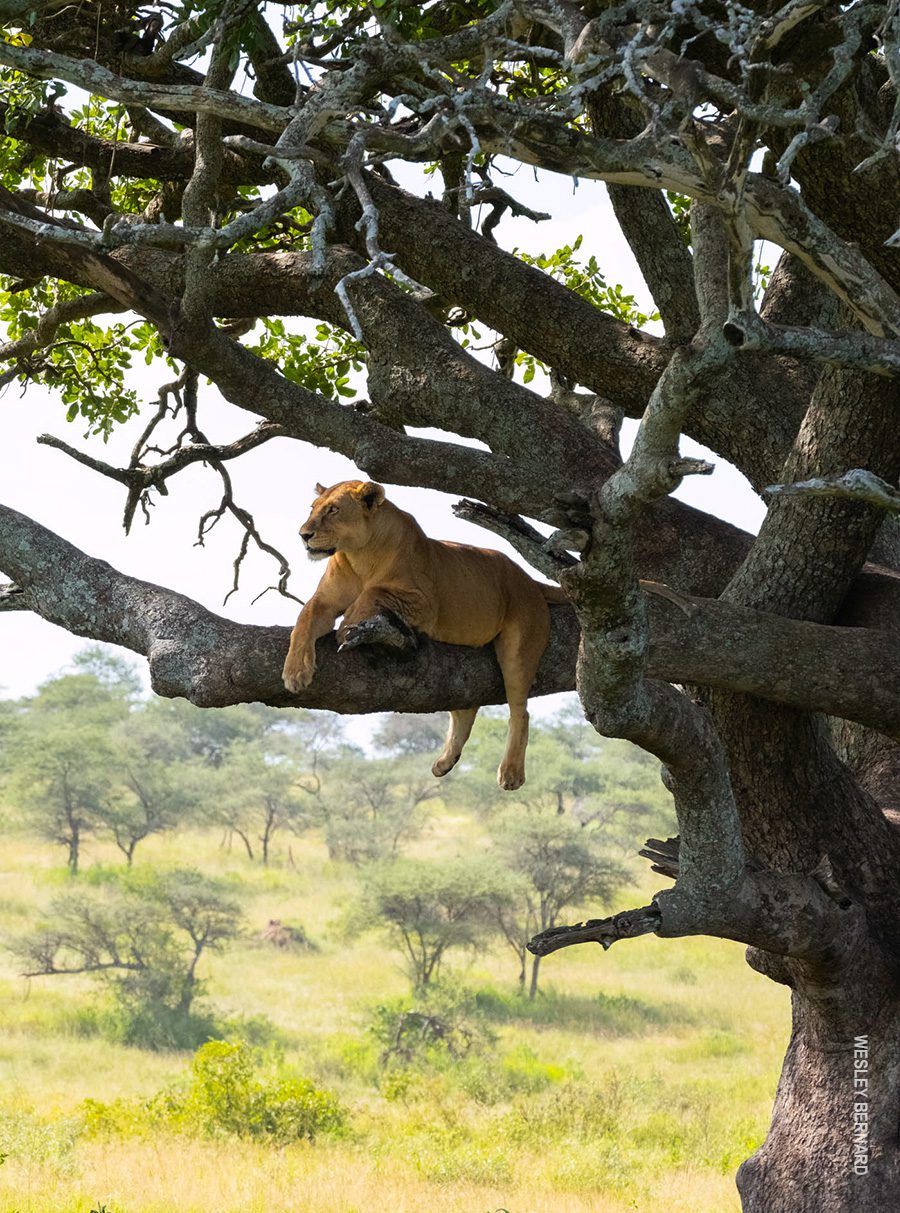
At other times, lions could be so elusive. For example, we spent an entire day pursuing them in the Central Serengeti. We photographed many great things, but no lions.
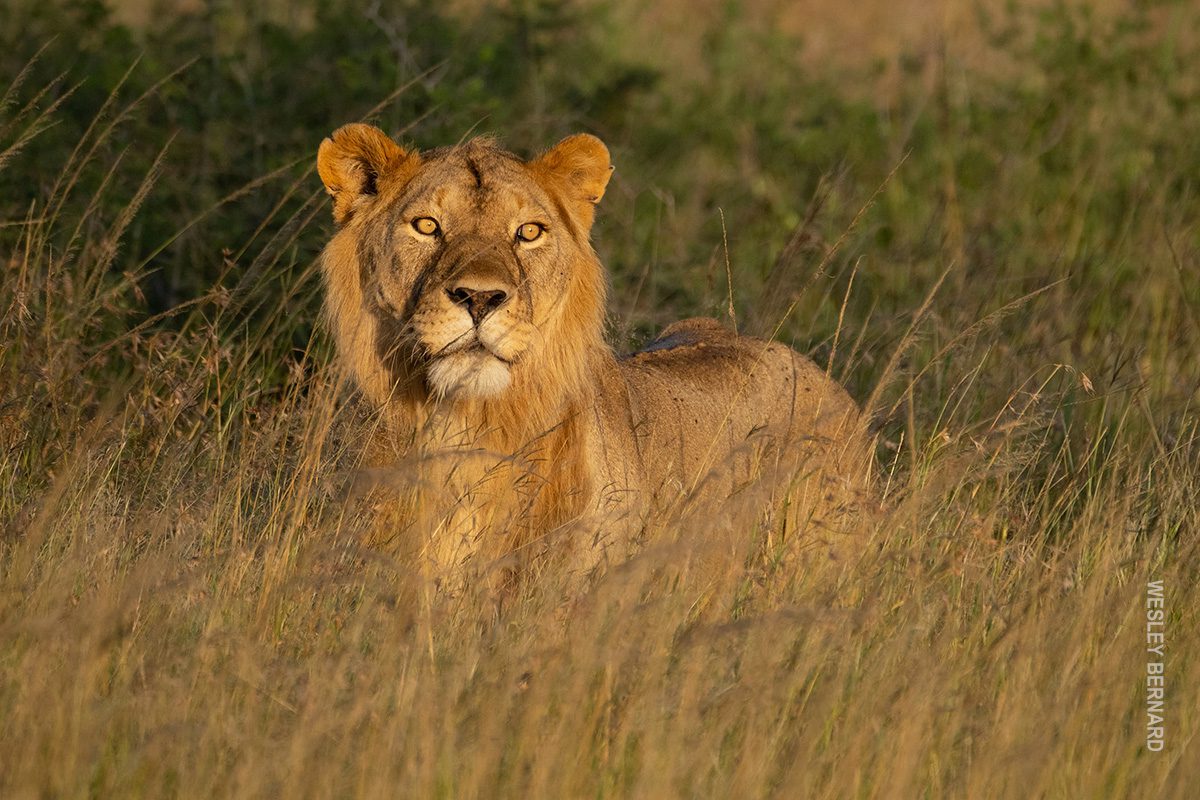
In the evening, we drove back to camp. As we approached the camp entrance and saw our Nyumba tents in the distance, we slowed down to cross a small ditch when we noticed a head pop out of the grass (pictured above). Then three more! Four young male lions were just lounging there, watching us. It just goes to show, even when you’re done with safari for the day, safari might not be done with you.
Why go on a photo safari rather than any other safari?
On a photo safari, we get to see everything in incredible detail because of those big lenses. You don’t even have to press the shutter button to enjoy it. You often catch yourself looking through the lens, watching animals that are so foreign to you doing their everyday things. You often forget to take a photograph!
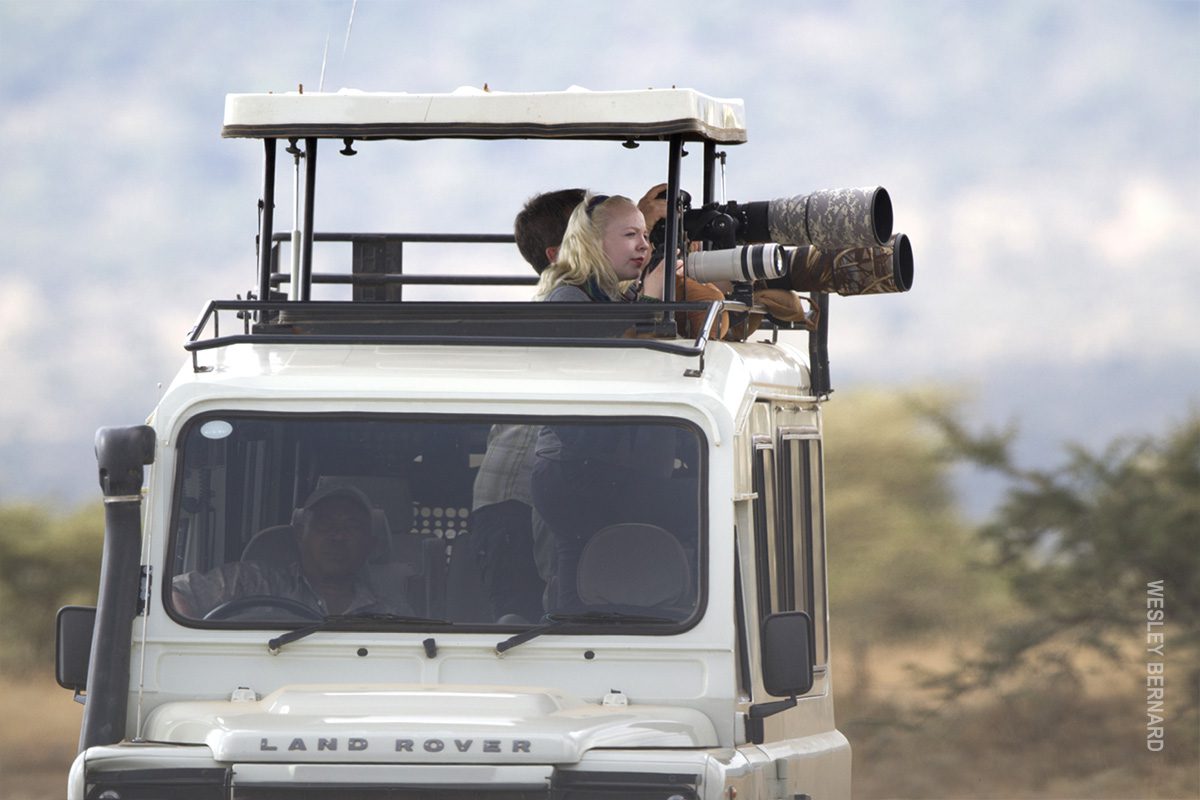
Photo safaris are also very relaxed. You have more room in the vehicle. You’re learning about Tanzania and camera operation. It’s kind of an intensive photography workshop with a lot of individual attention.
What do you do in your role as a photo safari leader?
I teach people to see. Composition, line form and geometry; these are the more difficult parts of instruction. The easy parts are the technical stuff: shutter speed, f/stops and those types of things.
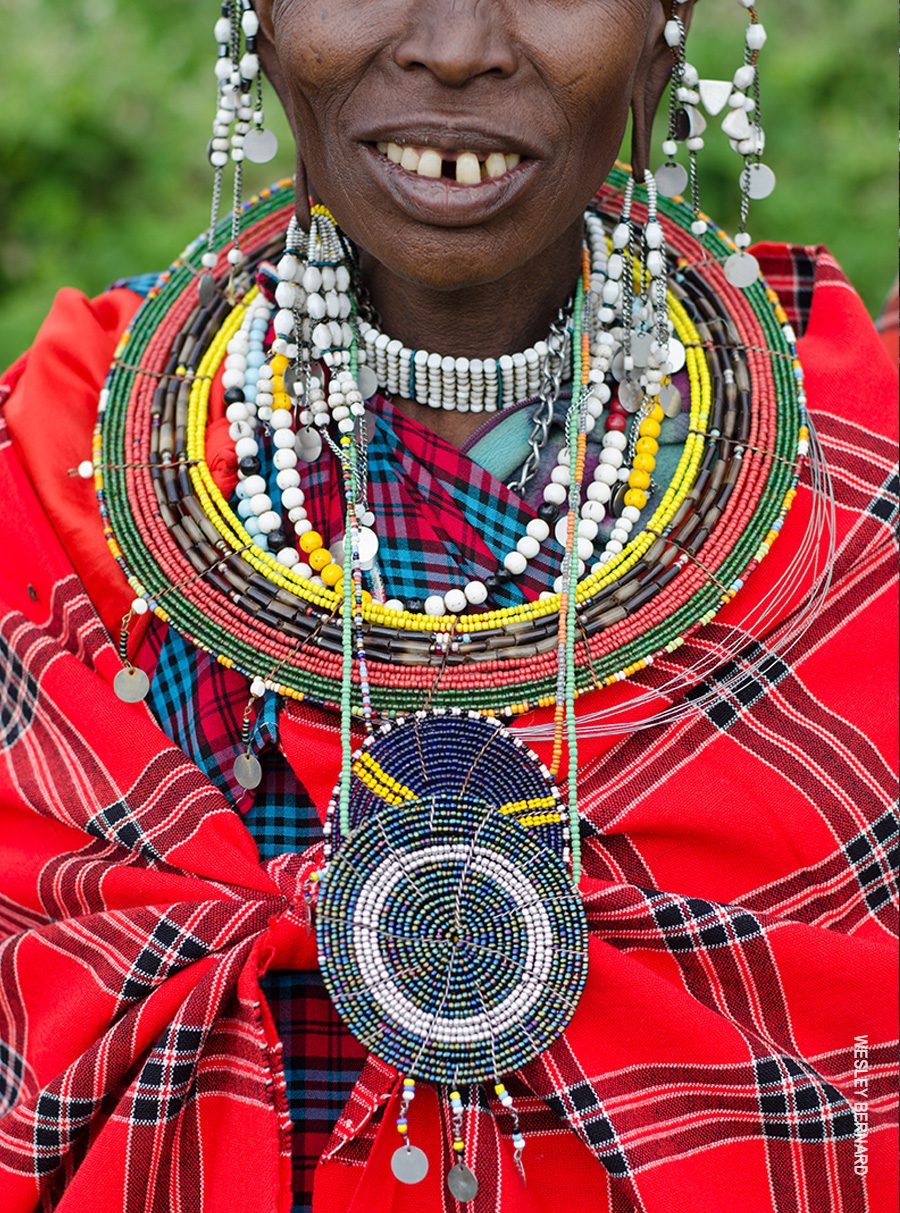
The great thing about a photo safari is that we learn by doing. We photograph all day, then access our results in the field, either on the spot or back at camp, in the photo tent.
But the most important skill in all of this is patience and listening–and as each day passes, guests get better at their photo skills.
Who should go on a photo safari?
Everyone from amateurs to advanced professionals who are excited to capture images of Tanzanian wildlife will go on a photo safari. For some of them, these trips are once-in-a-lifetime events. They don’t have a second chance. They want something big and moving, something life-changing, and they know this is the way to do it.
During the safari, they can learn everything from camera operation, to patience, to composition, to lighting. Thomson photo safaris have photography tents back at camp, where we can look at images each night on the computer. As the trip progresses, they always get better.
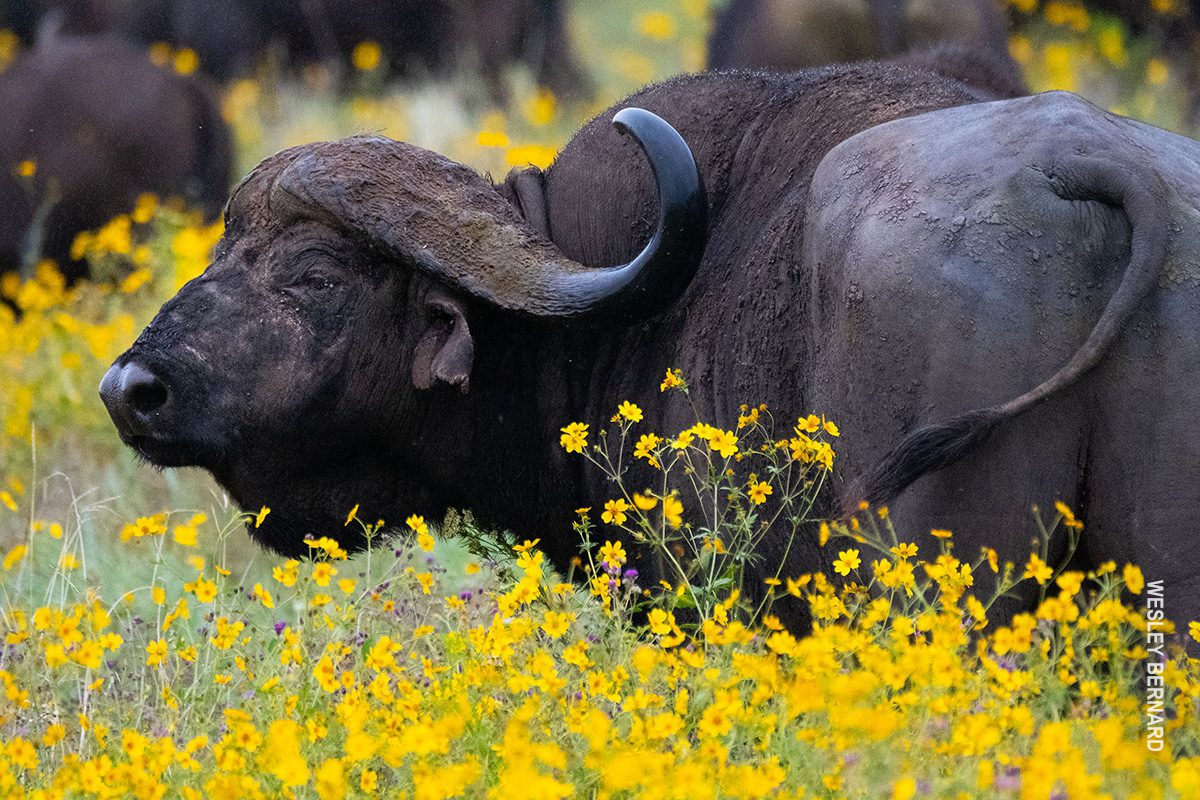
One of the reasons we stay at the Ngorongoro Nyumba Camp on our photography safaris is that you get to the crater floor much faster and have more time to enjoy and photograph in the golden morning light. I love this photo of an African buffalo in Ngorongoro (above). The sheer brutal power of the animal is tempered by the delicate yellow flowers he’s feeding on.
What does photography travel mean to you?
Photo safaris make me appreciate my place in the world. Because I experience so much wildlife up close with those big lenses, I always remember that so many other things—bills, appointments, world politics—feel insignificant by comparison. I end up washing my mind clean of everything. It’s humbling. It’s beautiful.
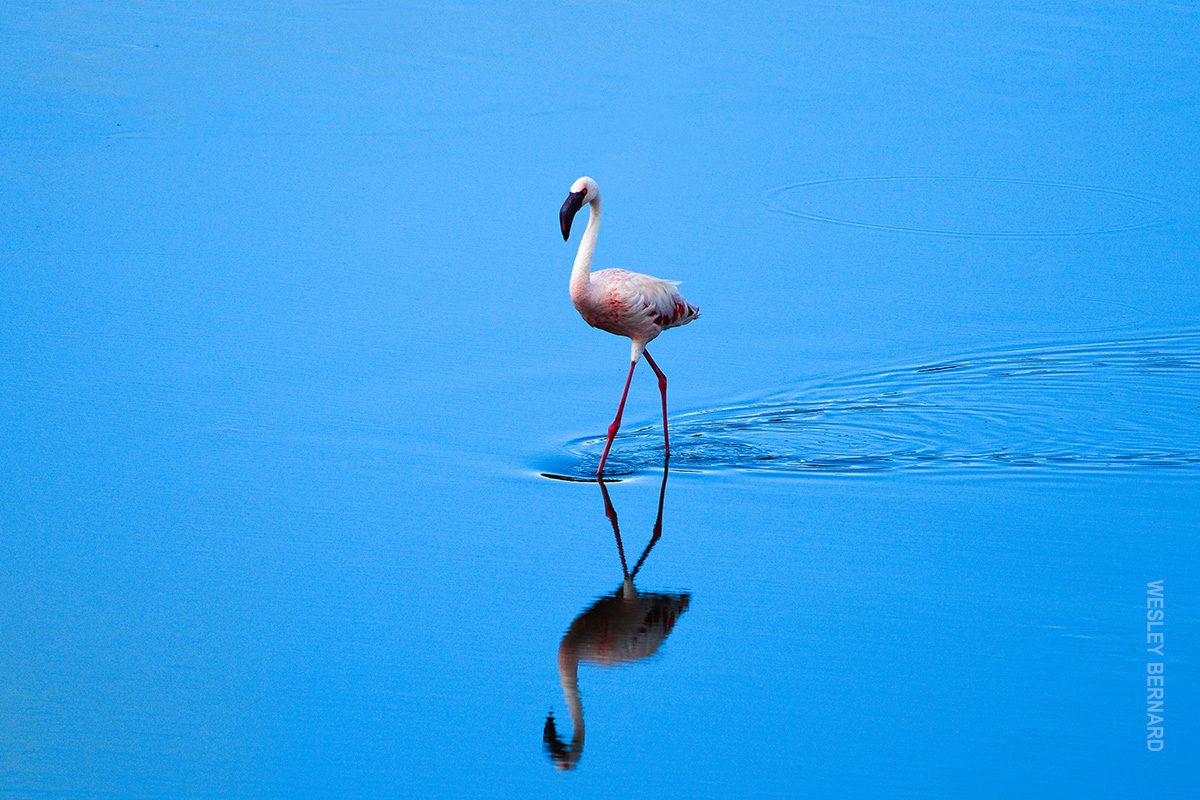
Ready to think big picture? Join Wesley on a photo safari!

